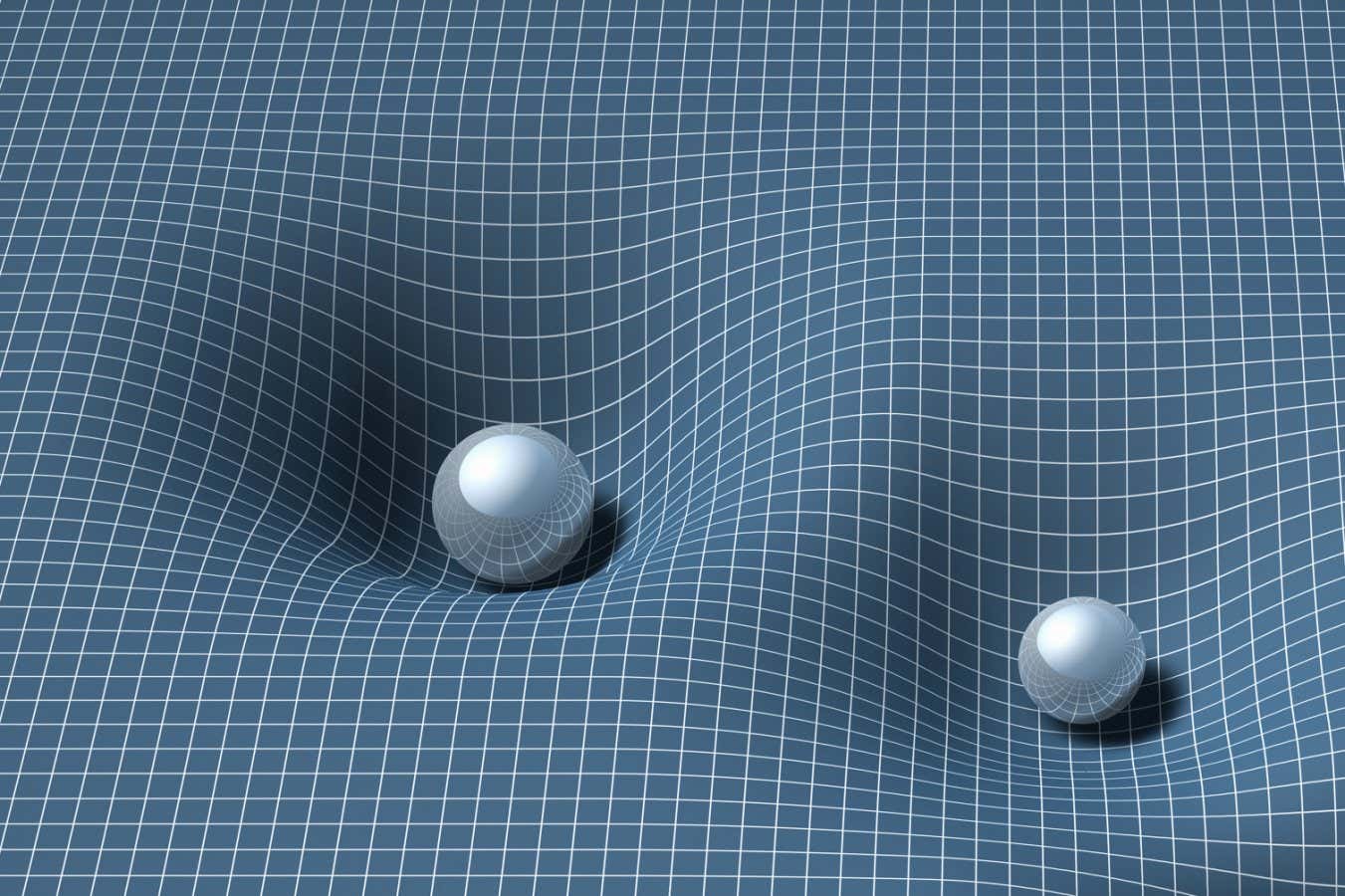A device that measures minuscule gravitational forces could help us understand how gravity works on the quantum scale
By Alex Wilkins
23 February 2024
All objects exert a gravitational pull, no matter how small
Karl Dolenc/BeholdingEye/Getty Images
A device that can measure the gravitational force on a particle that weighs less than a grain of pollen could help us understand how gravity works in the quantum world.
Despite keeping you stuck to the ground, gravity is the weakest force we know of. Only very large objects, like planets and stars, produce enough gravitational force to be easily measured. Doing the same for very small objects, on the tiny distances and masses of the quantum realm, is extremely difficult, in part because of the miniscule size of the force, but also because larger objects nearby can overwhelm the signal.
Read more
A single atom could drive a piston in a quantum engine
Advertisement
Now Hendrik Ulbricht at the University of Southampton in the UK and his colleagues have developed a new way to measure gravity on small scales by using a tiny neodymium magnet, weighing around 0.5 milligrams, that is levitated by a magnetic field to counteract Earth’s gravity.
Tiny changes in the magnetic field of the magnet created by the gravitational influence of nearby objects can then be converted into a measure of the gravitational force. The whole thing is cooled to almost absolute zero and suspended in a system of springs to minimise outsides forces.
The probe can measure the gravitational tug of objects that weigh just a few micrograms. “You can increase the sensitivity and push the investigation of gravity into a new regime,” says Ulbricht.
